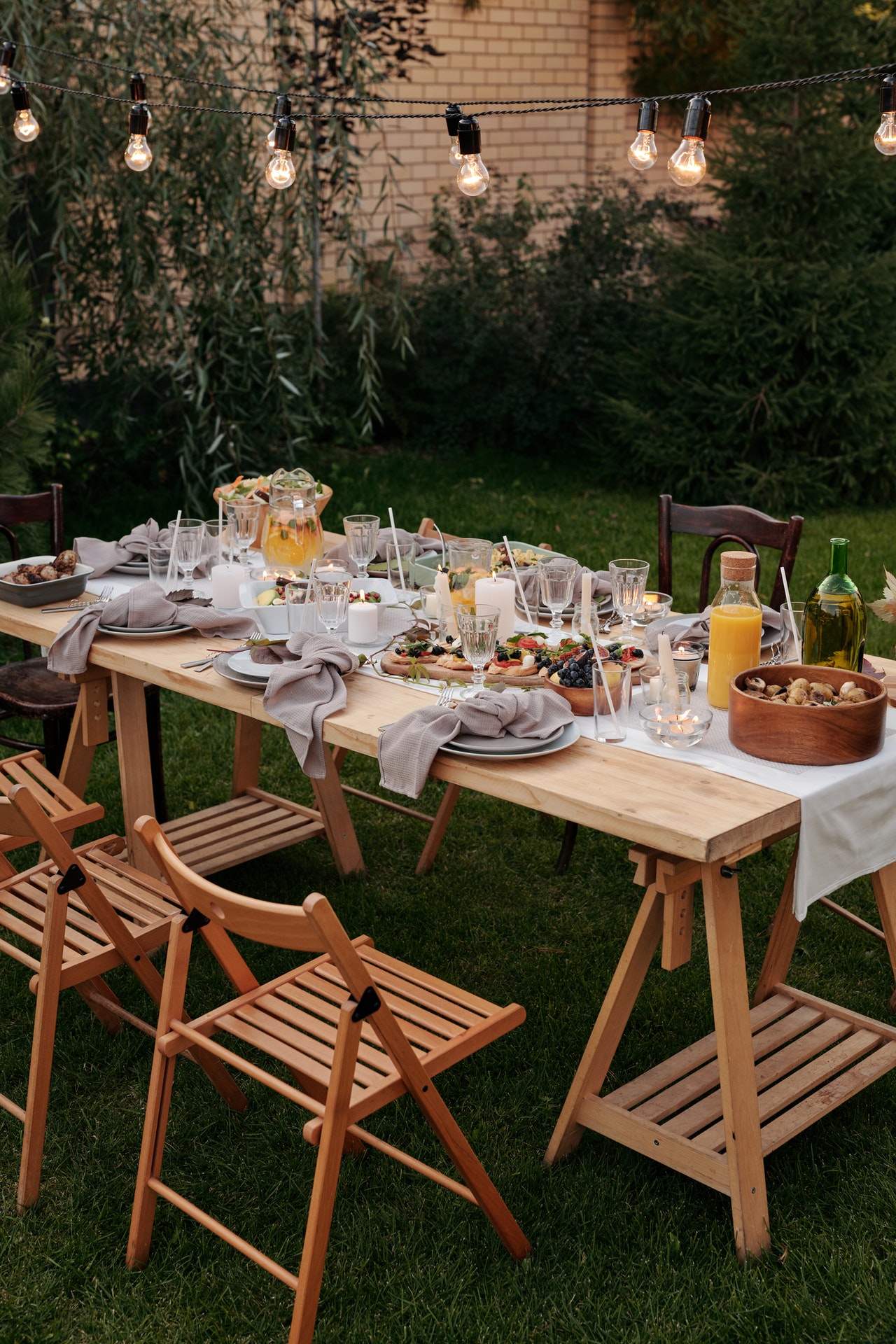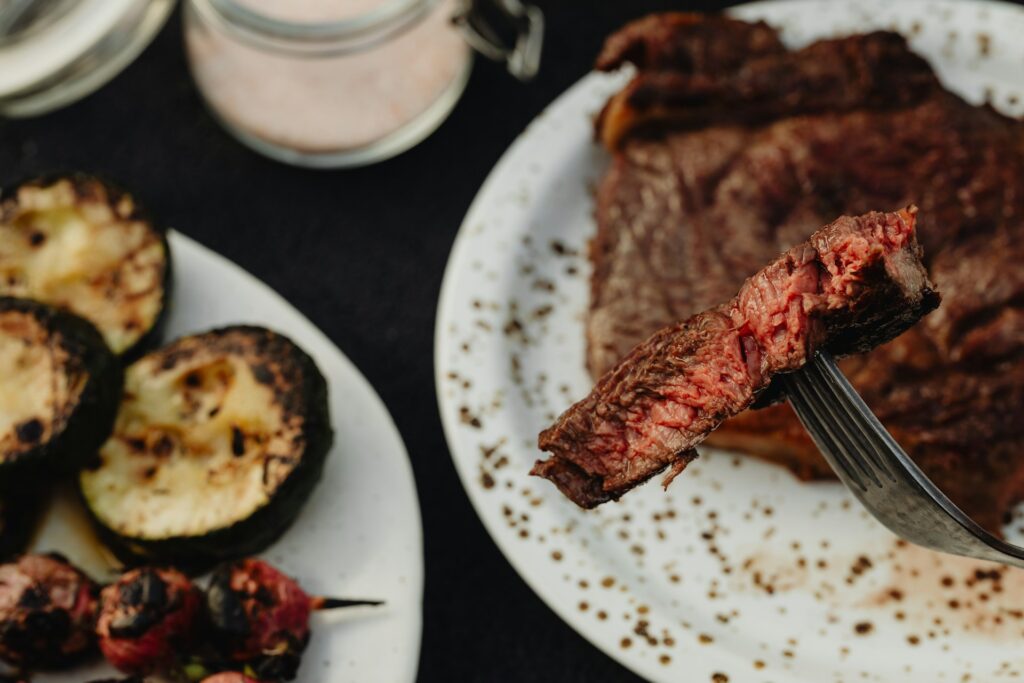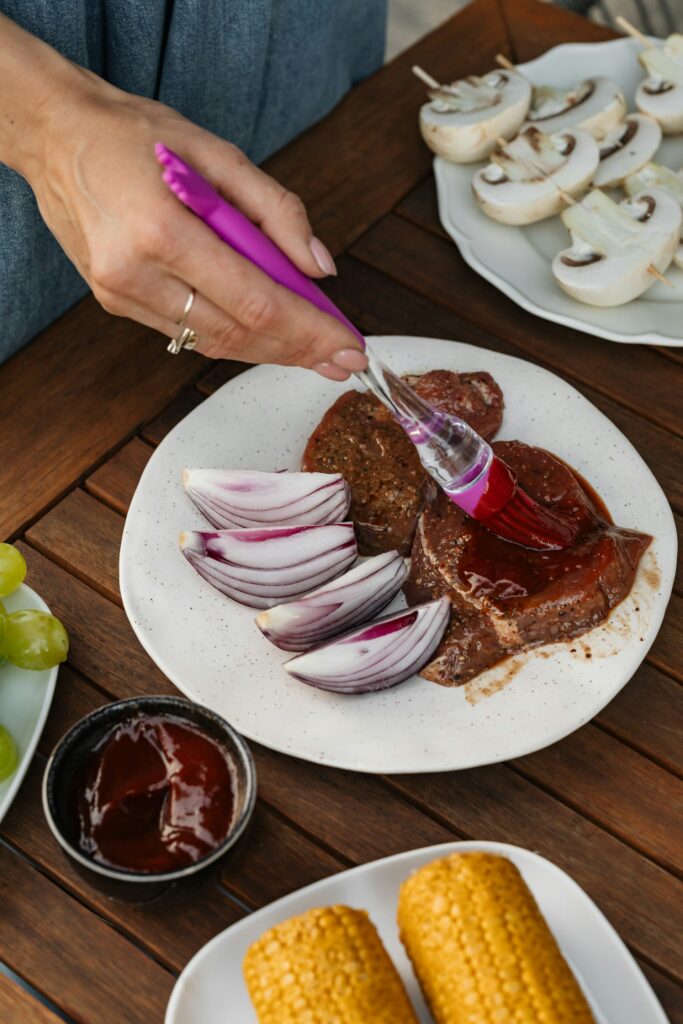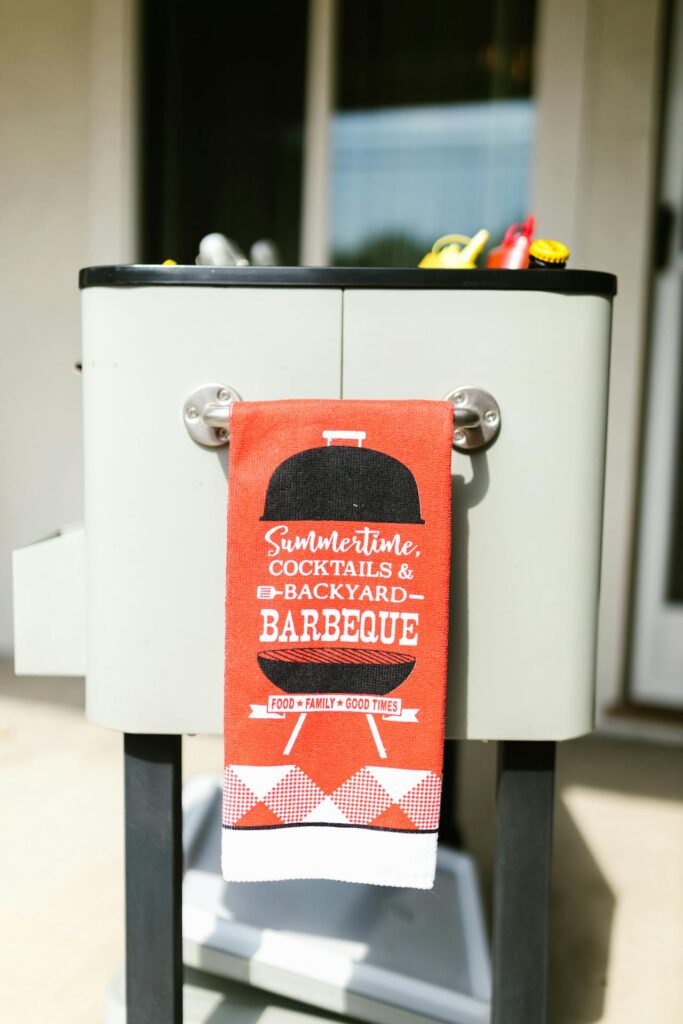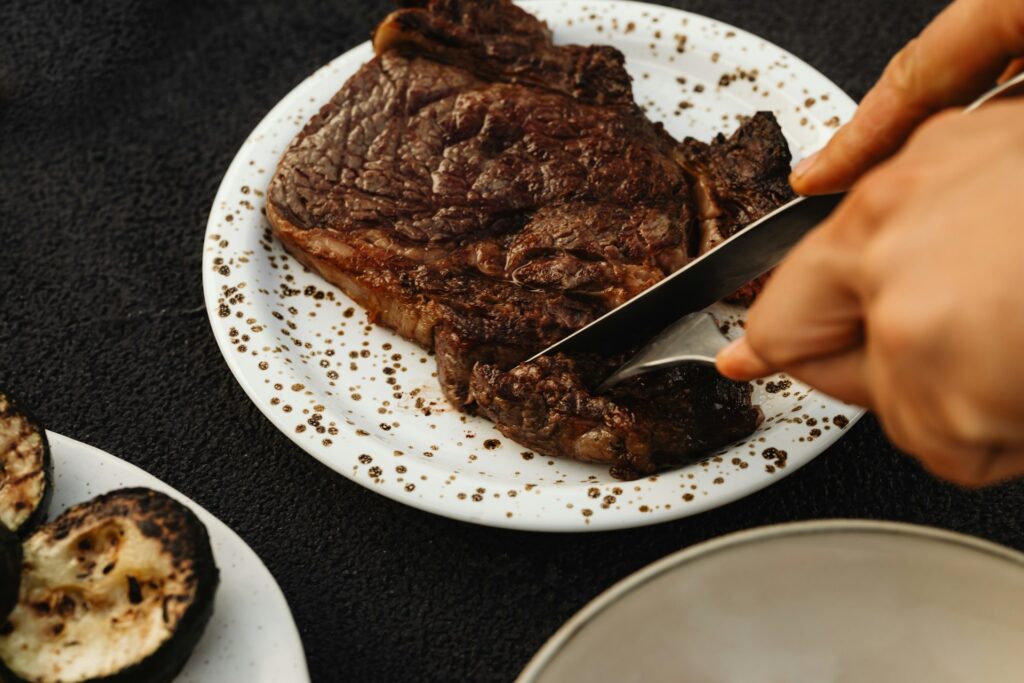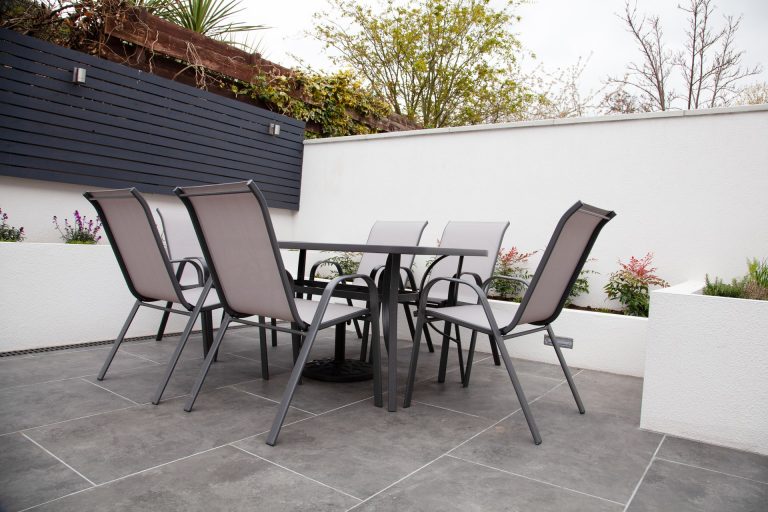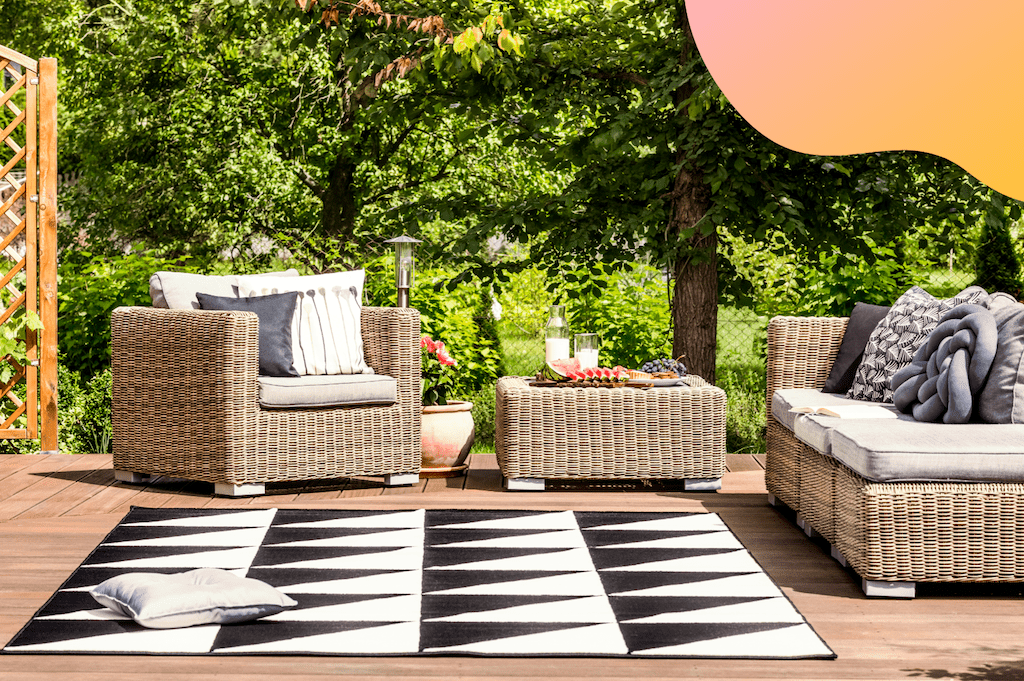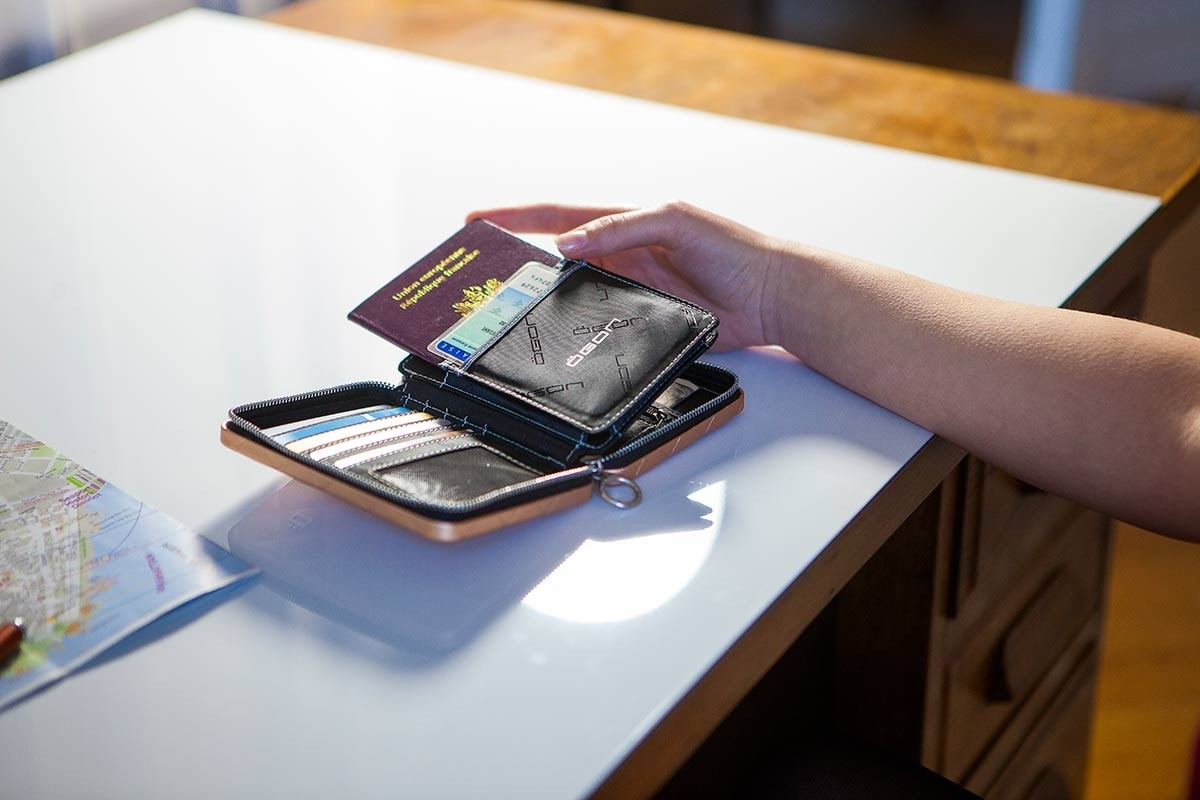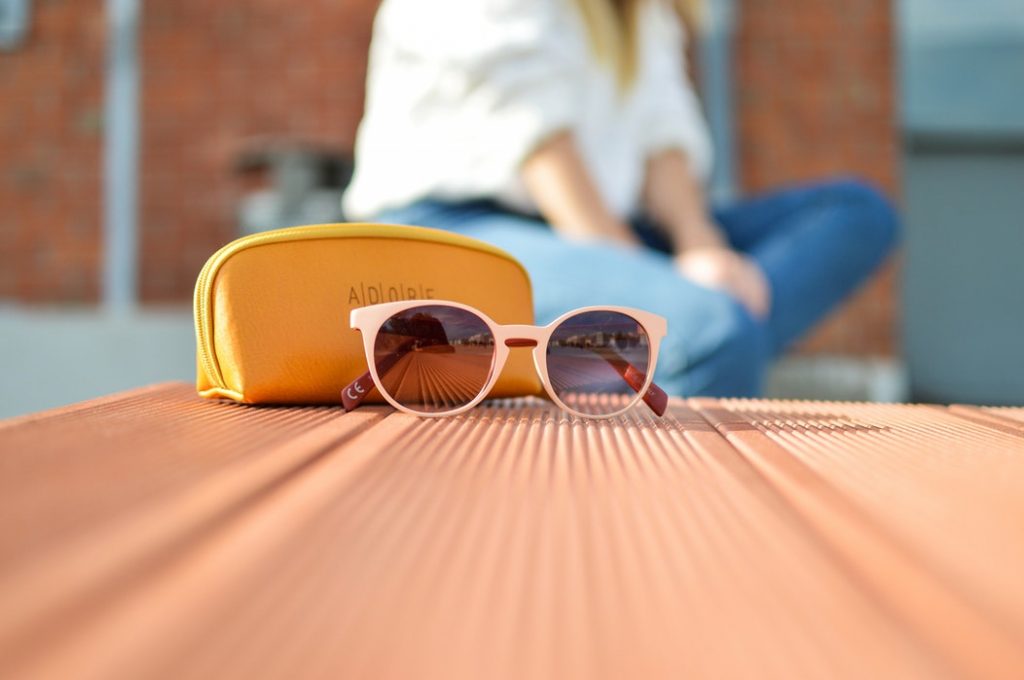Hands up whose faces saw a little to much of the sun this weekend just gone? Please, keep those hands up; we’re enjoying the shade it’s giving…
Anyway, with the sun finally shining here in the UK, there are suddenly a lot more red faces out there on the high street, both sunburnt and embarrassed about forgetting to apply any lotion.
We love it when the sun makes its (sometimes far too brief) annual appearance. And if you look out the window right now, you might just see it, radiating warmth and rejuvenating spirits. That’s as long as you’re not reading this at night, of course…
Because, after what seems like several months of damp, unseasonably dreary weather even for England, a period of blue skies and sunshine has finally blessed us. Rejoice!
But whether you’re enjoying this hotter period at home or you’re currently spending time in sunnier climes, the importance of staying sun safe is essential.
This is because sun damage is the leading cause of skin cancer and affects both young and old. What’s more, the sun can quicken the aging process, irrevocably and irreversibly; it is estimated that 90% of skin aging is caused by the sun. Overexposure to harmful UV rays can also cause eye damage and suppress the immune system.
Sure, a little sunshine is good for us, but to get sufficient amounts of vitamin D only takes a short amount of sun exposure and the majority of that vitamin D can actually be gained from a healthy diet and fortified foods or supplements.
That said, getting outside and enjoying the summertime is one of life’s greatest pleasures; it just has to be done responsibly! With that in mind, here are 7 tips for staying safe in the sun this summer.
“Slip, Slop, Slap!”
We’re big fans of a mnemonic to help us from forgetting things, whether it be the order of the planets from the sun or something more personally important like effective sun protection. We like to think “slip, slop, slap” does just that. Slip into a t-shirt, slop on some sun cream, and slap on a hat. Simple!

Good Quality Sunglasses With Ultraviolet Protection
Protecting your eyes is just as important as protecting your skin in the sun and a reliable pair of sunglasses will do just that. Look for lenses that are certified to block out 100% of harmful UVA and UVB rays, which is essential for proper protection but not always found in a cheap pair of high street sunnies.
Stay Out The Sun During The Hottest Part Of The Day
Limit your sun exposure between 10am and 4pm, when the sun is at its most potent. Half of the day’s total ultraviolet exposure occurs between these hours, so use the hours around lunch time to seek some shade.
Even on a cloudy day it’s important to stay protected. While clouds block some UVB rays, they don’t block them all, and UVA rays are able to pass right through them. The same rays can also reach below the water’s surface so if you’re swimming, apply a water-resistant sunscreen to your entire body.
Choose An Effective Sun Cream
A sun protection factor (SPF) number of 30 means that if you would get sunburned in ten minutes without any protection, it would take 30 times longer (so, 300 minutes) for you to burn if the sunscreen is applied properly. This includes regular reapplications, especially if you’re swimming, sweating or taking clothes on and off.
However, sun damage can occur even when sunburn doesn’t. A good sun cream will protect against UVA and UVB rays. Always use a good quality SPF protection of at least 30 and reapply regularly.
Areas that are perpendicular to the sun absorb the most of the sun’s rays, that’s why shoulders tend to be the usual victims. When applying, don’t forget your feet, the tops of your ears and the crown of your head too.
While the active ingredients in suntan lotion for bodies and faces are often the same, general purpose formulas can be oil based and include silicones which may be incompatible with sensitive facial skin; in addition the solution is likely to be designed to be easily applied to the contours of your face. If you have acne prone or oily skin, you might benefit from having two separate products.
Read: 5 everyday ways you might be damaging your skin
Cover Up As Much As Possible
Take inspiration from the clothing of some of the hottest countries in the world. Loose flowy fabrics will keep you cool and also provide some welcome respite from the beating sun. Most importantly, you won’t get burnt.

Add A Good Sun Hat To Your Wardrobe Or Suitcase
A wide brimmed hat is essential beachwear to protect your head and shield your face from the sun’s rays. Your chosen sun hat can look great too and add a touch of style to your beach look.
Keep Up Your Fluid Intake
Drink water regularly. As much as three litres per day is recommended in hotter conditions when you are losing hydration through your skin more readily. It’s a good idea to drink before you’re thirsty and replace electrolytes with a sports drink or coconut water too.
Use After-Sun Care Even If You Don’t Feel Burnt
Finally, after a day in the sun, it’s crucial to take care of your skin even if you don’t see any visible signs of sunburn. After-sun lotions or gels can provide much-needed moisture and help to soothe any underlying skin irritation. Ingredients like aloe vera, hyaluronic acid, and cucumber can help to cool and hydrate the skin, promoting faster recovery from sun exposure. Additionally, after-sun care can help to preserve your tan and prevent peeling. Make it a habit to apply after-sun care after bathing or showering to keep your skin healthy and rejuvenated throughout the summer months.
Now that summer’s finally here, make sure you’re staying protected from the sun while you’re making memories that’ll last a lifetime.










